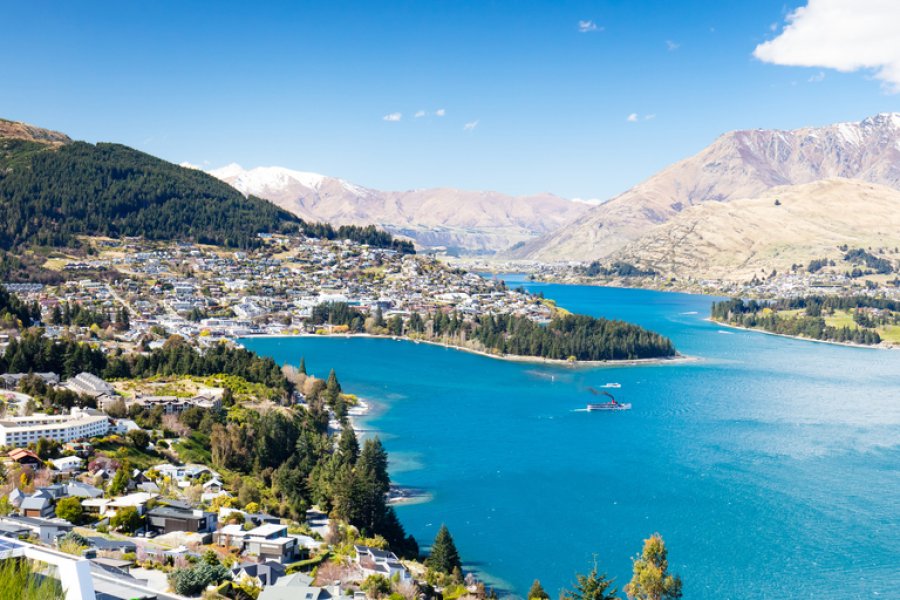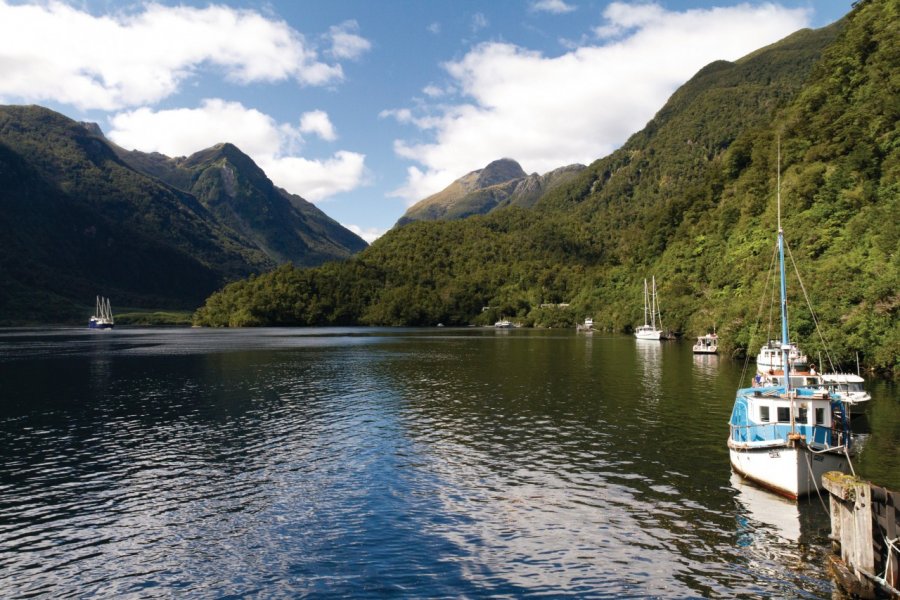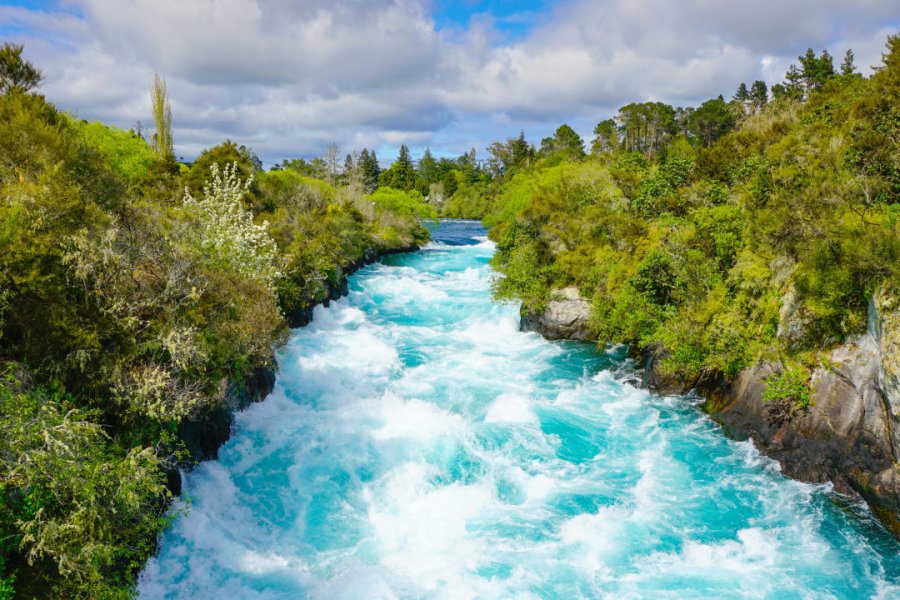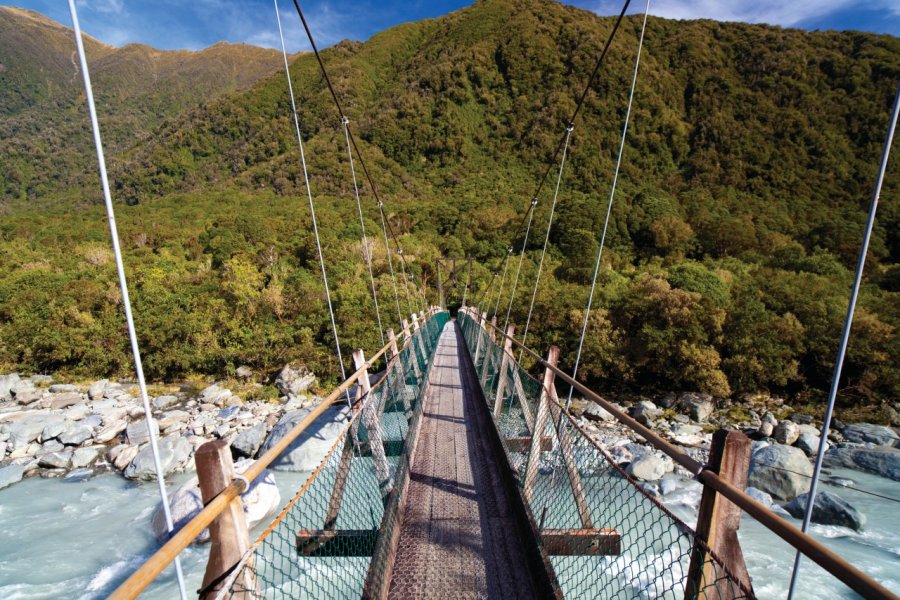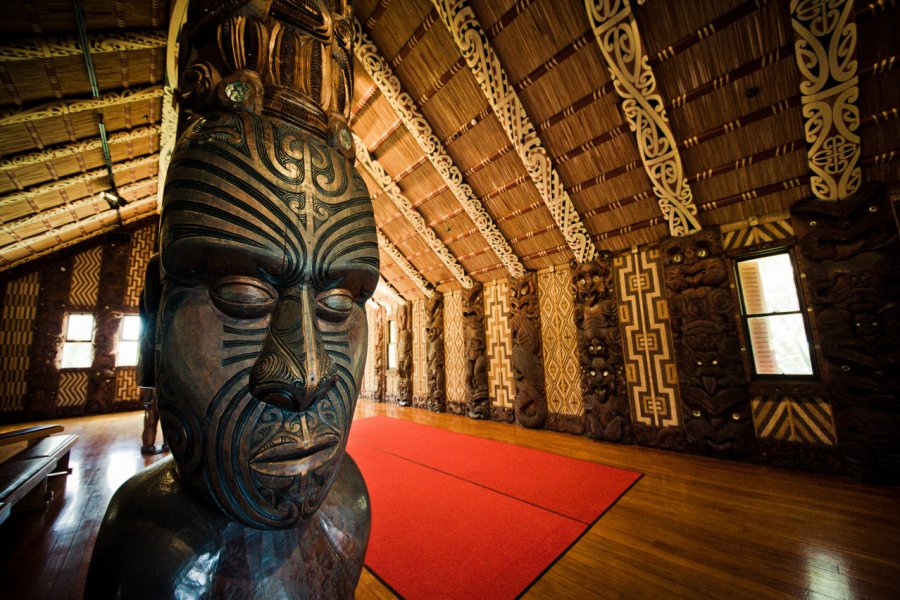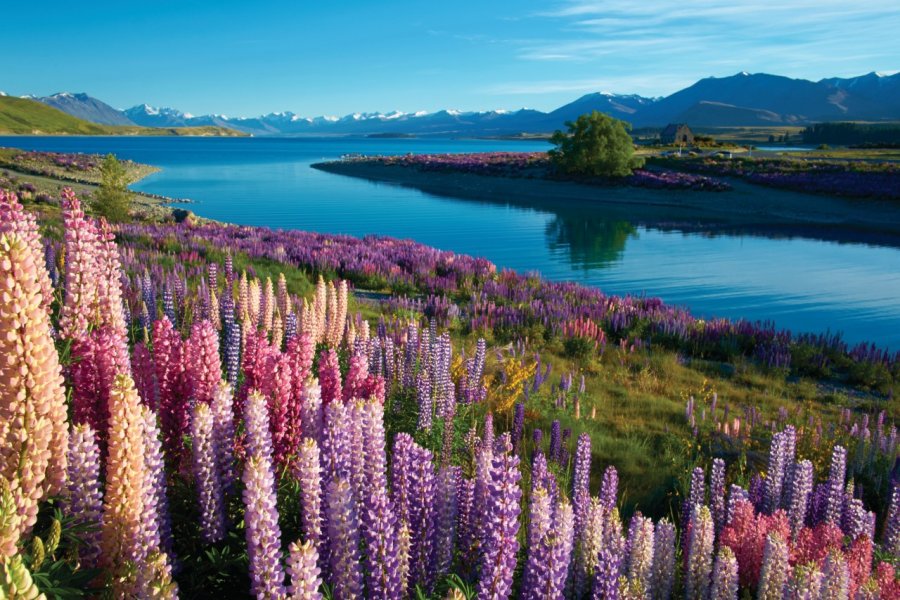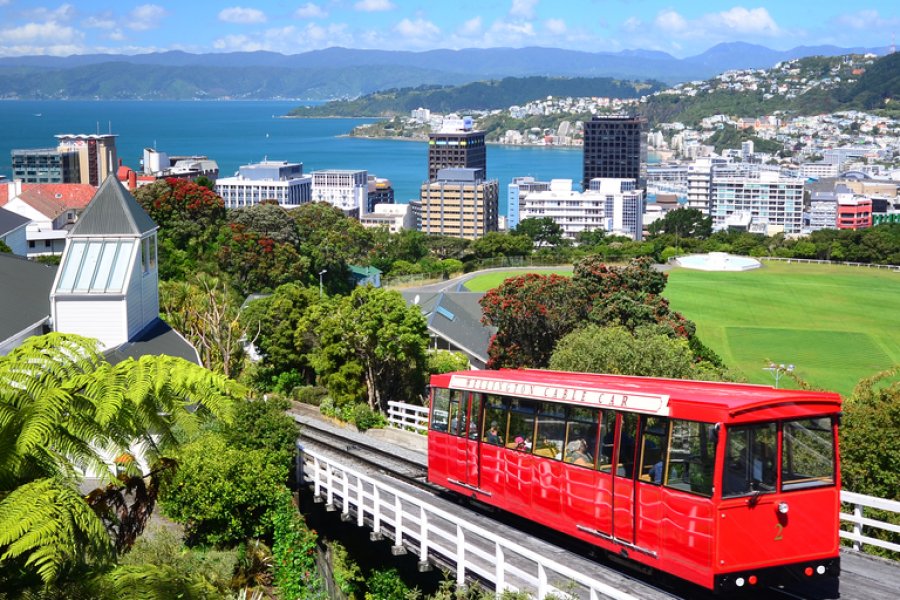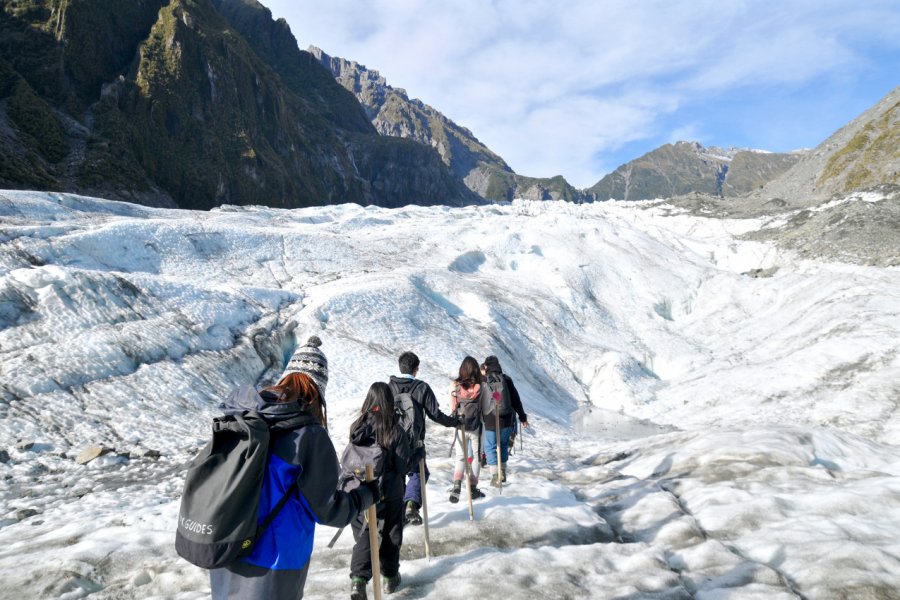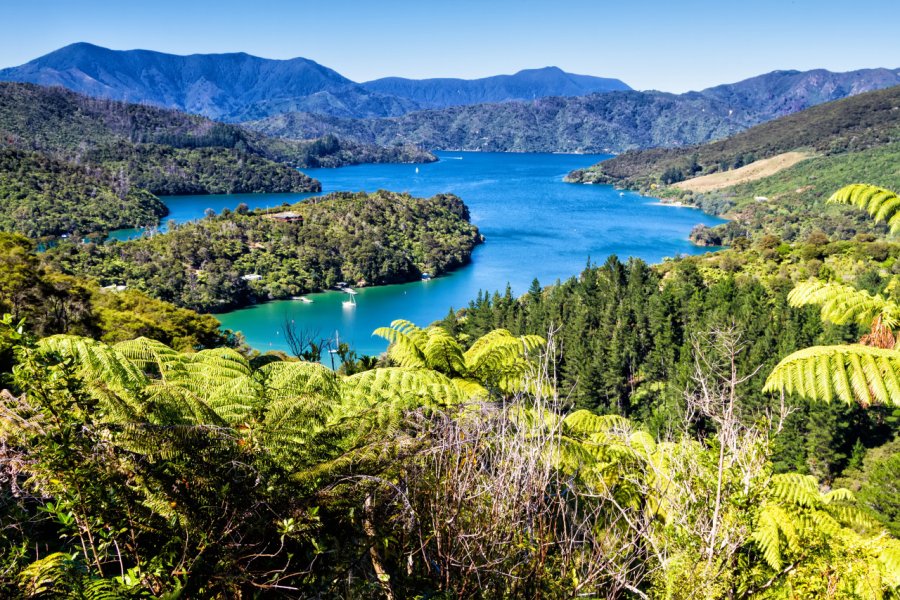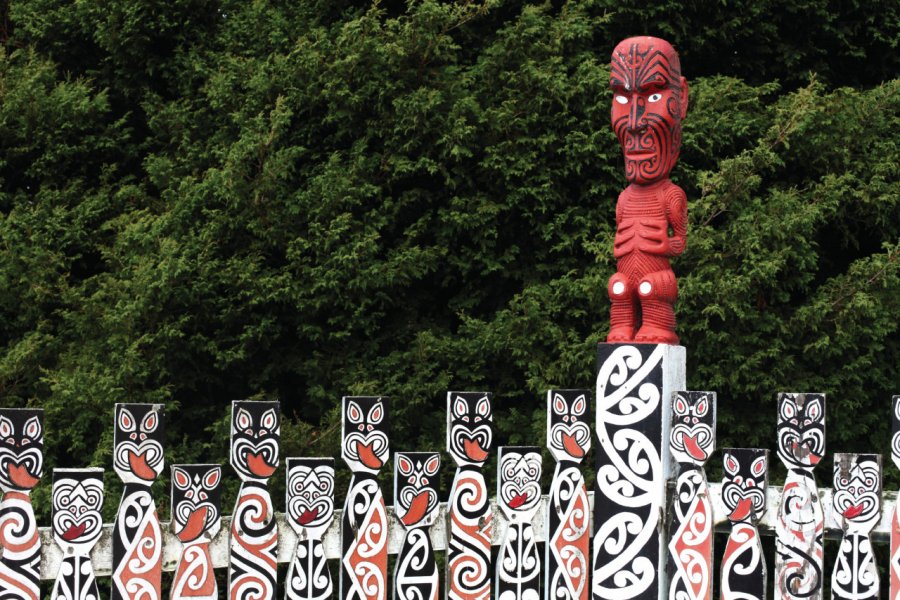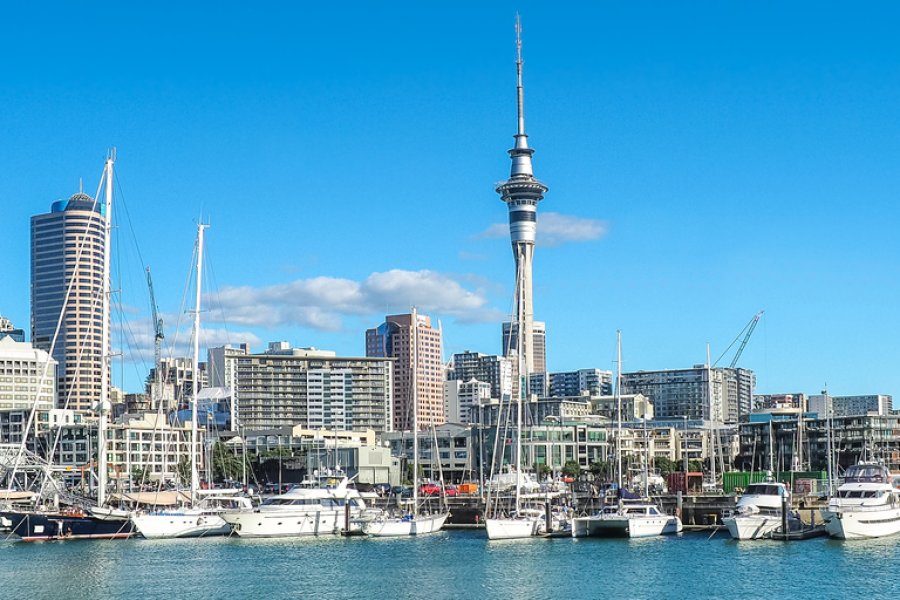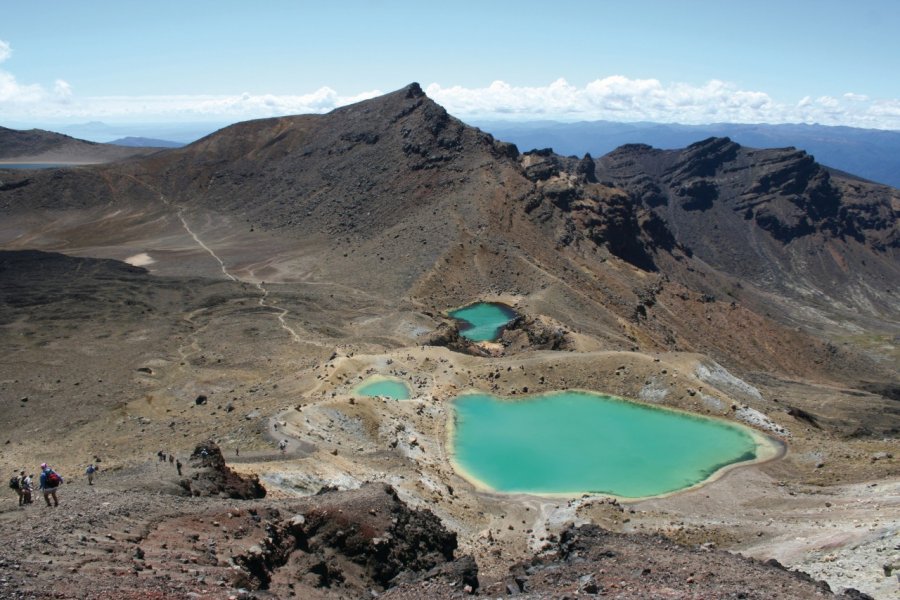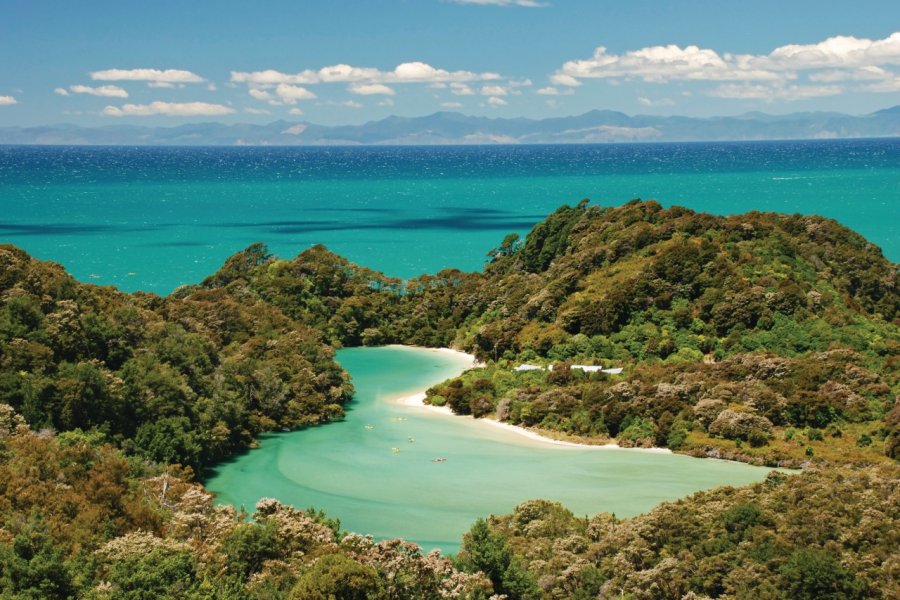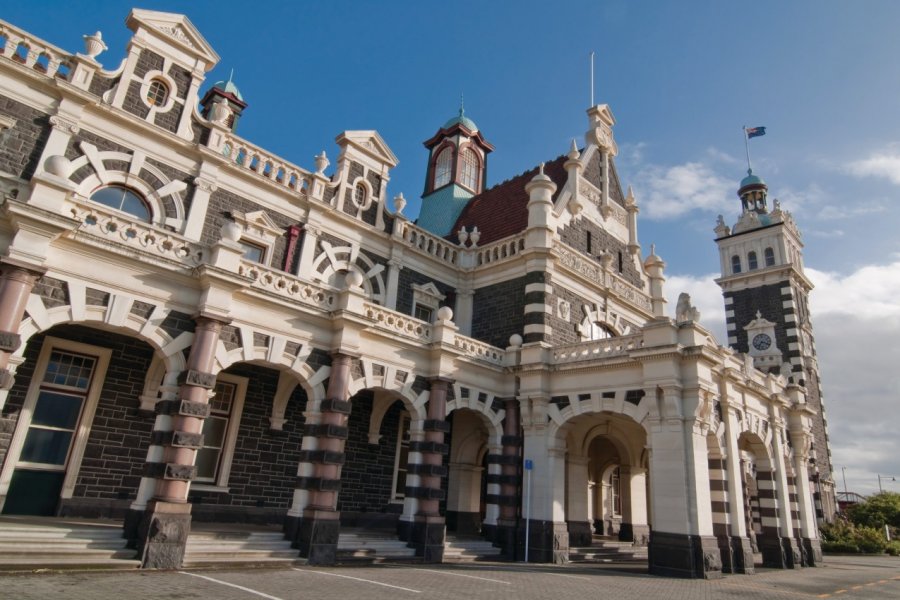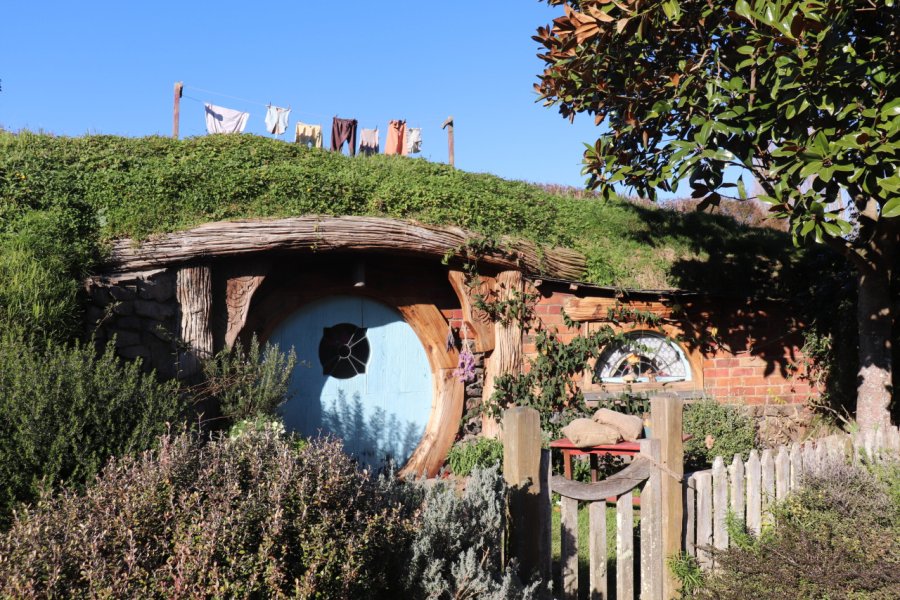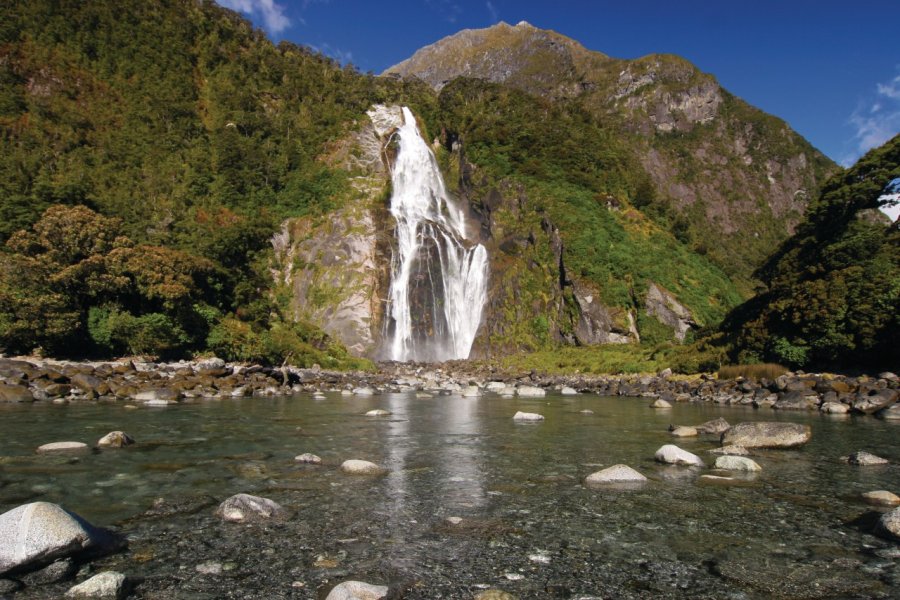Why go to New Zealand? The 10 good reasons to go New Zealand

Hiking
And sleep in a backcountry hut, so dear to the country'soutdoor culture!

Incredible forests
The tree ferns give it a Jurassic air that you just can't get enough of...

Discover the cultures of the Pacific
We discover the māori culture, one of the branches of the Polynesian culture.

Go with the flow
"Go as you please" - we're relaxed in this country, and that's good!

A wide variety of landscapes
Imposing mountains, idyllic coastlines, forests from another age... it's all there...

Try your hand at extreme sports
Bungy jumping, parachute jumping, rafting, mountain biking... there's no shortage of options!

Birds galore
With its exceptional endemism rate, Aotearoa is an ornithological paradise.

Explore the world of craft beer
And taste the infinite inventiveness of the craft breweries located everywhere.

Regain faith in humanity
Kindness, mutual aid and solidarity are values applied on a daily basis.

Living on the road
As a long country, it's ideal for a road trip.
What to visit New Zealand?
Good to know to visit New Zealand
 Timetable
Timetable
In New Zealand, life mostly takes place between 9am and 5pm. These are classic office hours, and the times that stores, museums and cultural structures generally follow.
Guided tours that take you out for the day will usually start a little earlier (8am), and some shops may close a little later (5.30-6pm), but generally speaking, 5pm is the time when the day turns to evening: stores and museums close, and bars open!
As in Australia, people here tend to be early risers: even if work doesn't start until 9am, we get up early to go to the gym, go jogging or surf a few waves. Cafés are therefore open early (often as early as 7am-7.30am) to welcome early risers, and early-morning cities are teeming with energetic morning motivation, which is very pleasant. It's a far cry from sad, wide-awake people dragging themselves off to work! In the evening, on the other hand, things die down very quickly as everyone quietly returns to their homes. For us Europeans, it's often disconcerting to see a city center asleep from 4-5pm!
 To be booked
To be booked
If you're traveling during the high season (December to March) and plan to visit the tourist hotspots, it's best to book in advance to avoid unpleasant surprises. Hostels in Auckland, Wellington and Queenstown fill up fast, and popular tourist attractions can also sell out quickly. Bear in mind that New Zealand is a small country in terms of population (5 million), and not suited to mass tourism. As far as tourist services are concerned, it's not so much that they're jam-packed with people, but rather that they operate at low capacity!
Theexception to this is the Great Walks, the country's best-known and most popular hiking trails. They generally involve walking for between 3 and 5 days, and hut bookings are compulsory. Some of them, like the very popular Milford track, Kepler track or Routeburn track, are literally taken by storm as soon as bookings open, and beds are all reserved for the whole season within minutes.
Without going to the extremes specific to certain Great Walks, it's a good idea to book in advance for the most popular huts, such as Angelus Hut (Nelson lakes), Mueller Hut (Aoraki Mount Cook), Pinnacles Hut (Coromandel), Welcome Flat Hut (West Coast), Pouakai Hut (Taranaki), or Brewster Hut (Mt Aspiring), to name but a few. Particularly if you're visiting for a weekend (or worse, a long weekend), as these are popular destinations for locals looking for a little getaway between two weeks' work.
 Budget & Tips
Budget & Tips
In Auckland and Wellington, many museums and art galleries are free (or accessible on koha, donation), notably THE museum, Te Papa Tongarewa, a national museum located in Wellington (if there's only one museum visit to make, this is it).
In smaller towns, museums and art centers run by town councils are often free too.
All major national parks and natural sites are free: theoutdoor culture is so ingrained here that it's very important for Kiwis to make sure their backyard is accessible to all. The only thing you may have to pay for is transport to the site in question.
The only exception to this rule are the geothermal sites in the Rotorua and Taupo regions, where you'll have to try hard to find free places! In Rotorua, Kuirau park is the only free one, and you can also walk along the lake to get a glimpse of some of the phenomena. In Taupo, the Spa Thermal park has a few hot pools where you can bask for free. Between the two towns, Kerosene Creek, a hot river in the middle of the forest, is undoubtedly the best-known spot.
For good deals in general, there are two sites to check from time to time: Grab One (https://new.grabone.co.nz/) and Bookme (www.bookme.co.nz/), where you'll find some very interesting discounts on various services.
 Guided tours
Guided tours
If you want to find out more about the cities and the Māori culture, if you want to discover the flora and fauna and learn more about environmental protection policies, or if you want to try out some thrilling activities, you're going to have to go on a guided tour!
If you need to go to a remote location, these tours are often scheduled on a full-day or half-day basis. The guide picks us up at our hotel or at a pre-arranged meeting point, and we take the minibus to the desired location. The guide's commentary on the route, followed by a visit/activity, then return home, often preceded by a short tea-coffee-biscuit break before making the return journey.
Highlights include glow-worm caves, blackwater or whitewater rafting (blackwater for underground rivers, whitewater for outdoor whitewater), a guided night tour of Zealandia (Wellington) to try and spot kiwis, dolphins and whales in Kaikoura, colonies of gannets (Cape Kidnappers) or pygmy penguins (Akaroa).
More unusual, in some places you can try your hand at handicrafts: knife-making (Neslon, north of the South Island) or pendants made from pounamu (jade stone), bone or shell (Hokitika, west coast of the South Island).
